Note: This article contains a complete summary of The Truman Show.
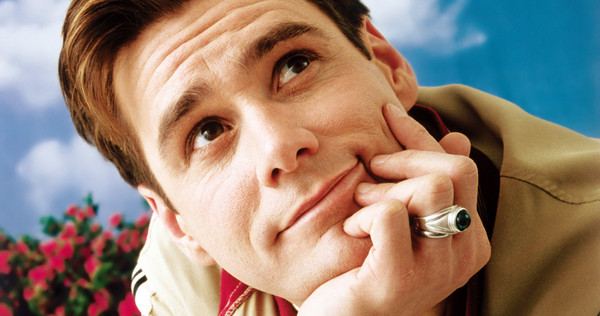
Jean Baudrillard begins his essay, “The Precession of Simulacra,” with the following words:
The simulacrum is never that which conceals the truth – it is the truth which conceals that there is none. The simulacrum is true. Ecclesiastes.
This quote illustrates his theory because it simulates biblical authority but is not, in reality, from the book of Ecclesiastes. The text itself creates a new “reality” through a blending of theory and preexisting mythology. Baudrillard’s initial quote is an example of the hyperreal at work.
Baudrillard explains that the hyperreal consists of signs that reference other signs of the real, not the real itself. The “precession of simulacra” is the idea that, over time, the signs of the real have become a new type of simulated reality, and true reality has dissolved. Baudrillard calls this dissolution “the desert of the real.”
In the wasteland of the postmodern age, the real has been lost, and everything that does exist is imaginary or symbolic. The symbols that formerly represented referents in the material world have become the referents themselves.
One way to examine Baudrillard’s complex theory is to explain it through The Truman Show, a 1998 film directed by Peter Weir. The story is about Truman Burbank, a man born and raised in a simulated reality television studio set.
Truman’s story is set in Seahaven, a town that functions as a replica of the “real” world, and includes programmable weather as well as a sun, moon, stars, and ocean. Each movement within the domed studio is orchestrated by the show’s director, Christof, who occupies a space of absolute authority. Within the context of the town, Christof signifies God, and he defines himself as “the creator.” At times, he even speaks to Truman through a loud speaker from the sky.
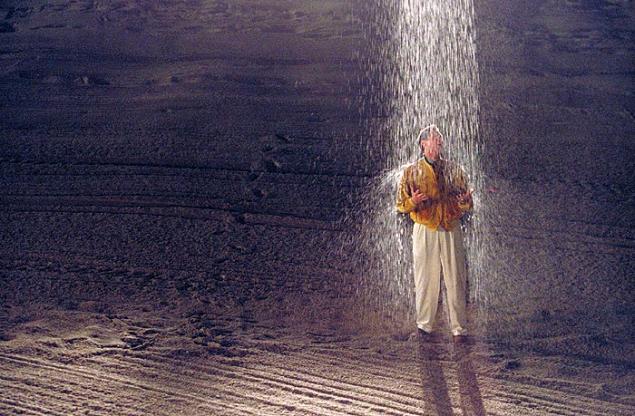
Through Christof, one may explore some of the complex meanings of Baudrillard’s concepts in his further discussion of “The Divine Irreference of Images.” According to Baudrillard, to “simulate” is to pretend to have something one does not have, and to “dissimulate” is to pretend to not have what one has. Simulation implies the presence of something, like when a child fakes illness to avoid school, for example. “Dissimulation” implies the absence of something; it masks what actually does exist, like blemish concealer.
When a person simulates something, he blurs the solidarity of both the “real” and “imaginary.” If, for example, Christof simulates every action that Truman associates with God, does that mean that he is God? How can Truman know what is “true” and “real” in light of the actual material manifestation of the characteristics most readily associated with God? In this case, Christof becomes the “truth” that covers the “reality” that there is no God orchestrating Truman’s world. There is merely a simulation of God. Likewise, as dissimulation erases or “murders” the real, Christof’s cover-up obliterates the reality that Truman could experience if he were not bound to a television studio set.
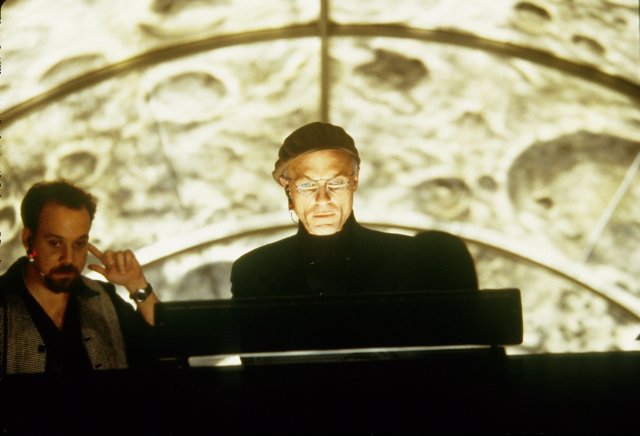
According to Baudrillard, the historic Iconoclasts wanted to destroy all of the images of God because they recognized that the consciousness of God could be dissolved by the simulacra of God. If people associated the images of God with the idea of God, then the idea of God would eventually be replaced, or “murdered” by the material manifestations of God. In the same way, Truman’s concept of a “real” divine and Supreme Being is replaced by Christof’s material presence.
Further in his essay, Baudrillard explains the successive phases of the image this way:
-
In the first phase, the image is a reflection of basic reality, which is “good.”
-
In the second phase, the image perverts basic reality and thus, becomes evil.
-
In the third phase, the image masks basic reality, and “plays at being an appearance…of the order of sorcery.”
-
In the last phase, the image becomes its own reality, or simulacrum, and it does not reference any reality.
This progression is deconstructed in The Truman Show, so that the audience may slowly uncover its existence. Like Disneyland, Seahaven does not reference any reality. As the film begins, Truman’s world appears Utopian, but as it continues, the image of the false world becomes increasingly malicious, even frightening, as both Truman and the audience begin to see the truth underlying his false “reality.”This shift becomes evident with the introduction of the commodity. Truman’s “wife” displays cocoa canisters and kitchen utensils with a smile, appearing to speak directly to a camera. The image has become more sinister and distorted.
The setting becomes uncanny with the voyeuristic presence of cameras. Each camera shot is emphasized with blackened sides, so that the viewer may peer directly through the hidden lenses. The state controls and perpetuates Truman’s illusion at Christof’s command, and the image becomes sinister, a murderer of reality.
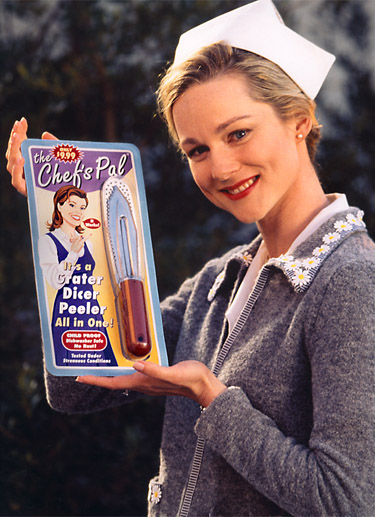
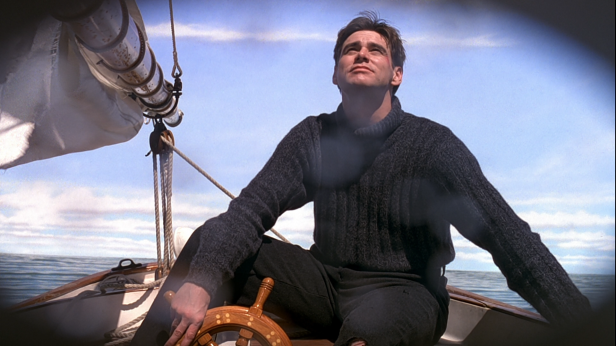
Although this simulated reality encompasses him, Truman has an innate understanding that his life is missing something, and this is demonstrated in his search for one true love, a woman who is a symbol of his lost truth, or reality.
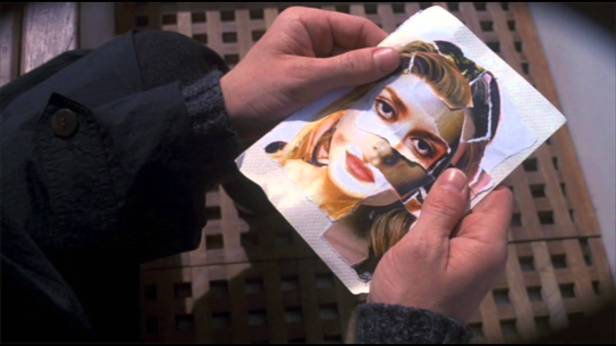
The last phase of the image is exposed when Truman decides to leave Seahaven. He sets sail in the middle of the night, and by the time Christof realizes he is gone, he has made it halfway to the end of the studio. It is at this point that the false reality of the simulacrum is dismantled. Christof assaults Truman with a storm, and he is almost drowned. He commands the sun to rise in the middle of the night, which reveals the artificiality of the world. Afterward, Truman presses on and reaches the end of the simulacrum. The bow of his sailboat breaks through the “sky” and uncovers the walls, stairs, and a door that leads to the exit. Reality is then revealed, and Truman makes the choice to leave.
Just as Disneyland is a simulated reality within a contained and controlled environment, so The Truman Show exists as a deceptive containment or prison, a reality within a reality. Christof says that “we accept the reality that we are given,” but he eventually realizes that his hyperreality and control over Truman cannot continue.
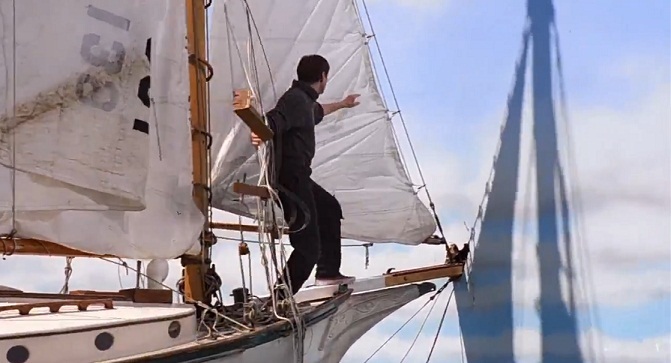
Baudrillard calls Disneyland, and similar places, a “play of illusions and phantasms.” He explains that Disneyland exists as a hyperreal world to make us believe that America is real, and all imaginary worlds exist as “immense scripts” and “perpetual motion pictures.” Just as illustrated in The Truman Show, social constructions are imagined and scripted.
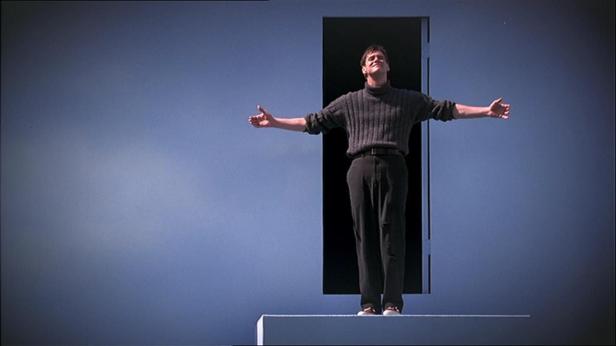
We are all subject to our own “reality,” but that does not necessarily mean automatic imprisonment. Like Truman, we can go beyond the boundaries within which we have been placed and discover new horizons and new ways of perceiving the world. Although I hold this hope, Baudrillard would continue to profess that nothing is real, whether Disneyland, The Truman Show, or the world. The majority of the real has been lost, and only fragments remain.
–M. Chaplin

